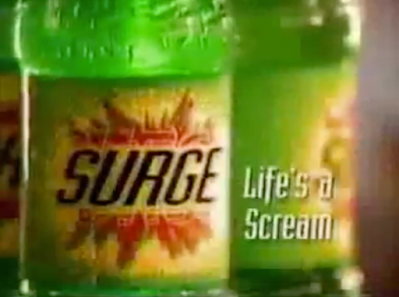Virtually every noir begins with a look of love, nay, lust, and “Love Lies Bleeding” is no different. On her way to Las Vegas for a bodybuilding competition, transient and aspiring bodybuilder Jackie (Katy M. O’Brian) stops by Lou’s gym for a workout, the two exchange looks, and just like Burt Lancaster putting the hook in his own lip when he sees Yvonne De Carlo in “Criss Cross,” it’s all over but the murder and the mayhem. In this case, though, it’s not just the flouting of gender stereotypes but the flouting of the push and pull. It’s not just Jackie who draws in Lou, but Lou who draws in Jackie. The latter might claim her physique is au natural, but when Lou brings out her syringes and steroids, Jackie accepts as “Love Lies Bleeding” essentially brings to life those scenes infamously described by one-time Oakland A Jose Canseco of plunging a drug-infused needle into the butt cheek of his Bash Brother Mark McGwire in a bathroom stall, just with an erotic twist. This is a roid rage romance, in other words, like if Dee of the Hundred Dollar Baby episode of “It’s Always Sunny in Philadelphia” was a femme fatale.
To make ends meet, or just make enough to pay her way to Vegas, Jackie takes a job at a gun range that happens to be run by Lou’s father, the appropriately named Lou Sr., who essentially runs the whole town, and who is played by Ed Harris with a tremendously bad wig that is also tremendous because it feels like the kind of hair an overcompensating kind of guy would sport. Lou also has a sister, Beth (Jena Malone), married to the abusive J.J. (Dave Franco), and that abuse comes to a head very early on in “Love Lies Bleeding” which is what causes a spiral of brutal violence, secret revelations, and desperate measures, mostly by Lou to keep Jackie out of trouble and their love alive. Those desperate measures are neither meticulous nor shrewd, the kind to make a certain sort of viewer throw his or her hands in the air and incredulously demand, “What is she doing?!”, but in her omnipresent anxiety, Stewart renders it believable that everything Lou does is what Lou would do.
Stewart is better than the script, in fact, so affectingly jittery that she hints at Lou suffering a psychological scar that the ultimately rote explanation of not wanting to be a chip off the old man’s block inadvertently douses. The same is true of O’Brian, both her turn and her character, rife with potential but ultimately just two-dimensional. Yet, despite that lack of dimension, and deeper meaning, it’s hard to deny a pervasive feeling, nevertheless, that carries through. It is best epitomized in some potent image making near the end that appropriately takes the whole thing over the top, providing a gleeful high even if you know that feeling is artificially enhanced. The closing credits, in fact, prove to be the funniest thing in the whole movie; they’re the crash.
























